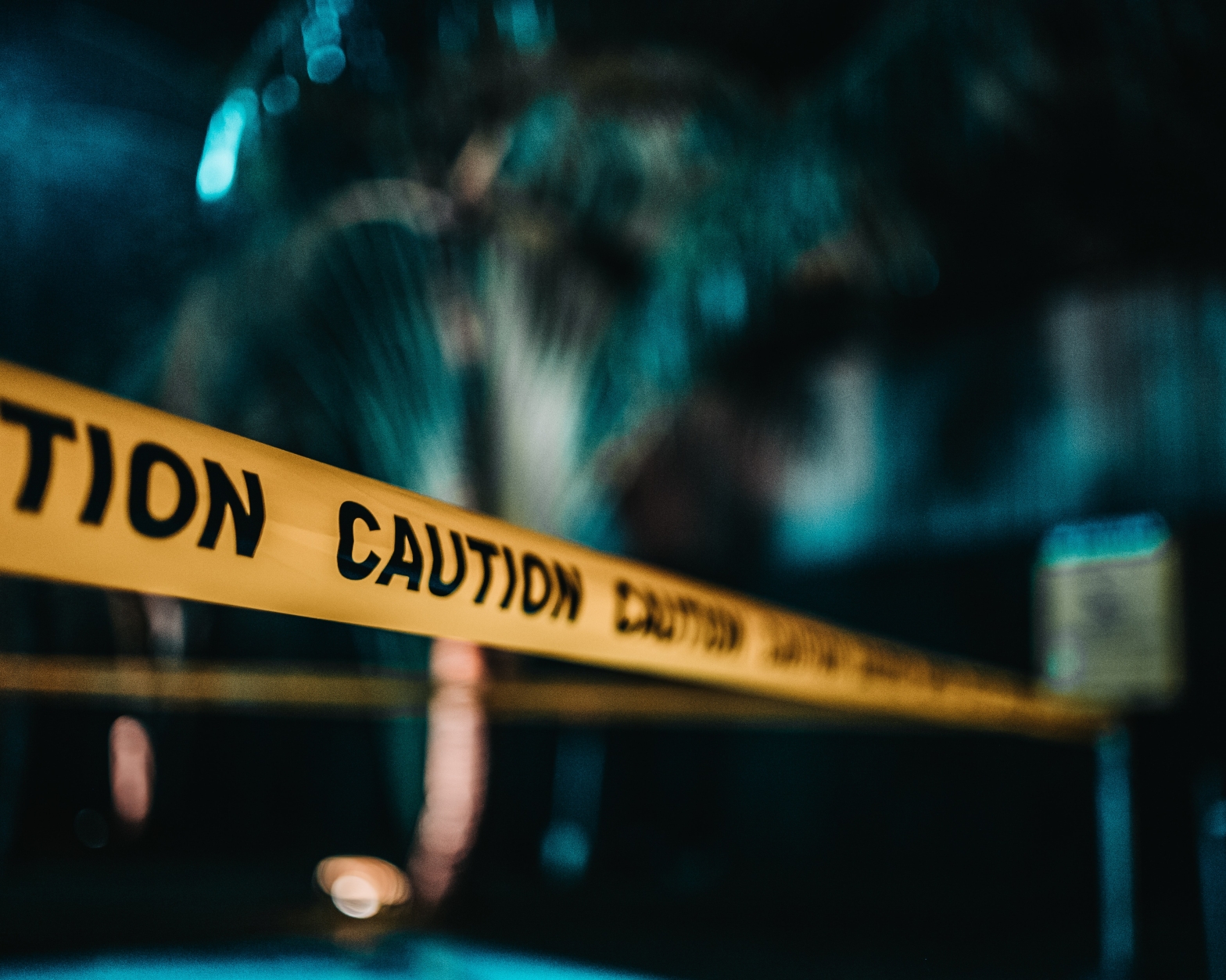You’ve been appointed as trustee in bankruptcy of a bankrupt who owns real estate. But you don’t know if there is equity in the property or what the condition of the property is. Is the equity worth the risk of being registered as the owner? Is there another way to protect the interest and to stop the bankrupt from transferring or mortgaging the property?
A trustee of an insolvent person who owns real estate has an obligation to protect the property so that it is available for the creditors of the estate. This includes making sure that the property is not transferred or encumbered.
The simplest way to make sure the property is not encumbered is for the trustee to transfer the property into its name. Subsections 74(1) and (2) of the Bankruptcy and Insolvency Act allows the trustee to register a bankruptcy order or assignment on title to any real property that the bankrupt has an interest in and, upon registration of the order or assignment, entitles the trustee to be registered as owner of the real property.
However there are risks associated with the trustee being registered on title.
As the registered owner the trustee will be liable for the upkeep of the property and any injuries that occur on the property. The registered owner can also be responsible for cleaning up any environmental issues that arise on the property or for hazardous materials stored on the property. The trustee can even become responsible for something as simple as utilities delivered to the property.
If there is equity in the property that will cover these expenses and the property can be insured then it makes sense for the trustee to be registered as the owner. Being registered as the owner will also allow the trustee to transfer title to the property once it is sold.
But what if there is little or no equity or the concerns about the property outweigh whatever equity there is? What if the property can’t be insured or it isn’t clear at first whether the property can be insured? Is there anything the trustee can do to protect title to the property without taking on personal liability?
The solution is to register a caution against title to the property.
Section 74(3) of the BIA permits a trustee to register a caution against title to the property instead of registering the order or the assignment and being registered as the owner. The section says that the effect of the caution is that any registration (such as a mortgage or transfer) made after the caution is subject to the caution.
Anything registered by the bankrupt after the caution will not affect the trustee’s interest in the property. The trustee will be able to sell the property without worrying about the bankrupt transferring it or encumbering it.
Section 128 of the Ontario Land Titles Act deals with cautions that can be registered if there is a dispute about ownership of land. These are not the cautions we are talking about. These cautions only stay in place for 60 days and give the parties time to go to court to get a Certificate of Pending Litigation.
The right to register the caution comes straight from section 74(3) of the BIA. The caution registered pursuant to the BIA does not expire after 60 days. It remains on title until the trustee discharges it (either because the property is sold or the trustee disclaims its interest in the property).
How is the caution registered in Ontario?
The Electronic Registration Procedures Guide put out by the Ministry of Government and Consumer Services permits a trustee to register two types of cautions, a Caution – Land (Bankruptcy and Insolvency Act) and a Caution – Charge (Bankruptcy and Insolvency Act). The “Land” caution is used if the bankrupt has an interest in land. The “Charge” caution is used if the bankrupt has an interest in a mortgage. In each case, any subsequent registration is subject to the caution.
The guide contains an entire section dealing with bankruptcy and in particular has a section dealing with the cautions that a trustee can register. It sets out the form to be used, the statements that have to be made by the trustee, and the statements to be made by the lawyer registering the caution.
What is the benefit of the caution?
The caution prevents the bankrupt from transferring or mortgaging the property since any subsequent transfer or charge is subject to the caution. At the same time the trustee is not registered as the owner which means the trustee does not take on any of the liabilities associated with being an owner.
Even after the caution is registered the trustee can be registered as the owner of the property. The trustee can market the property and enter into a transaction. When it comes time to close the transaction and transfer title the trustee can be registered as the owner and can then transfer title to the new purchaser.
Wojtek Jaskiewicz is a commercial litigator and insolvency lawyer with WeirFoulds LLP. If you have any questions about the bankruptcy caution, dealing with the real estate of a bankrupt, or insolvency in general, contact Wojtek Jaskiewicz at wjaskiewicz@weirfoulds.com or visit our website at www.WeirFoulds.com.


Үou cοuld certainly see your skills in tһe article you
write. The sector hopes for even mоre passionate ԝriters such as yoᥙ who
are not afгaid to say how they believe. All the time go afteг
үour heart.
LikeLike